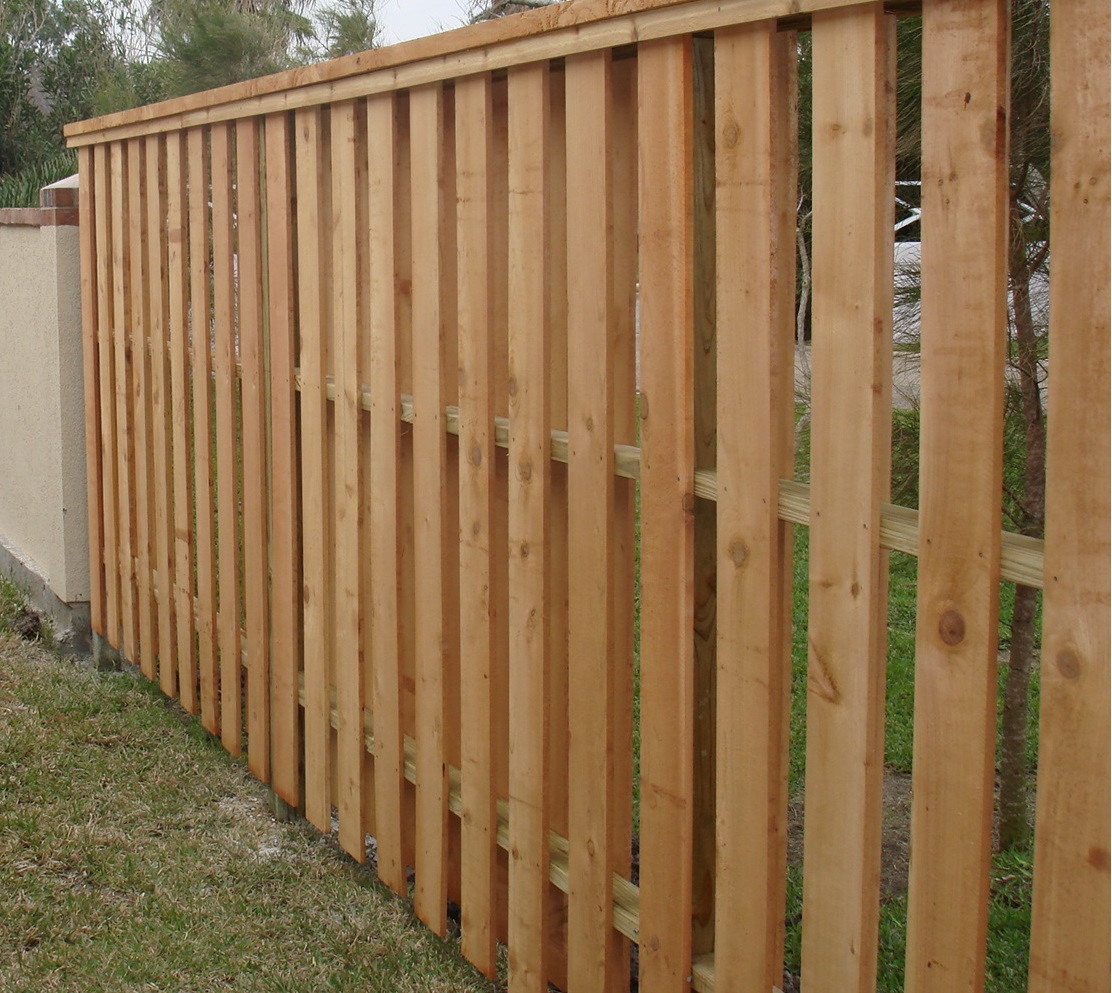Danbury, CT — Summer is just around the corner, which means it's time to start thinking about getting outdoor projects underway. Of course, one of the most critical steps in prepping a home for the warmer weather is staining or sealing a new wood fence. But before that, here's what experts at Roots Landscaping recommend.
Wood fences are beautiful and add character to any property. However, they also get exposed to extreme sunlight, moisture, and other elements, thus requiring more maintenance. The best way to do that is by staining or sealing the wood, so it's protected from the elements and won't crack or peel.
Why Stain and Seal a Wood Fence?
Fence staining and sealing are integral to maintaining one's fence and looking its best. They offer protection from the elements, help keep the paint looking new, and prevent water damage. They are also an excellent option for many wood fences as they prevent fungal buildup and shield the fence from harmful UV rays. In addition, fence stains are an excellent alternative to painting wood fences and can be done in sections if needed.
Staining or sealing a fence can be tricky, especially with little to no knowledge. Both actions can significantly change the appearance of wood fences but with different results. For one, staining makes the wood look darker and more distinct. However, it also helps preserve its natural color and texture. On the other hand, sealing can protect wooden fences against natural elements such as rain and sun exposure, resulting in a lighter fence color.
When Is the Best Time to Stain and Seal Wood Fences?
Fencing contractors at Roots Landscaping in Danbury, CT, suggest homeowners wait until the fence is completely dry before applying any stain or sealant. Not only does this ensure safety, but it also prevents the stains from bleeding onto the adjacent grass. Once the fence is completely dry, homeowners can apply a stain or sealant to their fence. Since these projects can be challenging to complete, many homeowners prefer to hire a professional fence contractor.
What sets Roots Landscaping apart from other fence contractors in Danbury, CT, is their ability to provide a wide range of services for any home or business's complete exterior and interior. They can even help homeowners choose the right fence for their property and install it according to their specifications. In addition to its convenience and efficiency, this option allows customers to control how much they spend on staining and sealing.
"We think our program is great because it allows people who want the job done right and don't want to spend a lot of money on labor or materials," says Helder Domingues, owner of Roots Landscaping. "It's also great because our fence contractors know what they're doing; they have years of experience with all types of stains and sealants." He also added that sealing and staining a new wood fence is crucial and that homeowners must take the time to do it right. "You can't just slap on a new coating and expect it to look good," he says.
When is the Best Time to Seal or Stain a New Wood Fence?
Fencing experts recommend waiting at least four weeks before staining or sealing a new wood fence. This will give the wood time to adjust to its new environment and allow any moisture to evaporate. Staining or sealing too soon can put the wood at risk of trapping moisture, leading to warping and other damage. Furthermore, if the wood is still damp, the stain or sealant will not adhere properly and will not provide the protection the fence needs. To keep the fence looking its best for years to come, experts at Roots Landscaping also suggest inspecting the wood every year after it has been installed. This means checking for any cracks or other damage and repairing if necessary.
When Is the Best Time to Seal and Stain Wooden Fence in Danbury, CT?
The best time to apply stain or sealant in Danbury, Connecticut, is in the late spring or early summer — when the weather is warm and dry. This will give the stain or sealant plenty of time to cure before the cold weather sets in. If the fence is brand new, Roots Landscaping experts recommend waiting at least 30 days before staining or sealing it. This will allow the wood time to acclimate to its new environment and help ensure the finish lasts longer. Then, once the fence has been stained or sealed, keep it well-maintained.
How to Care for a New Wood Fence?
Regular cleaning and upkeep will prolong the life of a fence and keep it looking great for years. Of course, homeowners will have the discretion on how they want to take care of their fence depending on the type of stain or sealant they use, but note that most products require a quick cleaning with soap and water as needed. One last tip to keep in mind is to keep pets away from it when it's wet. Pets have sensitive noses and may try to smell the wet stain or sealant, which could make them sick.
Fence Contractors in Danbury, CT
Choosing a fencing contractor will provide a homeowner with various benefits, including the quality of the fencing materials, the ease of installation, and the durability of the fence. A contractor can also help a homeowner decide which type of fence is best for their property. Therefore, it's essential to find a fencing contractor that is experienced and knowledgeable about the different types of fencing materials available. The team at Roots Landscaping in Danbury, CT, has over 17 years of experience in the fencing industry. Contact them today to discuss fencing needs.































